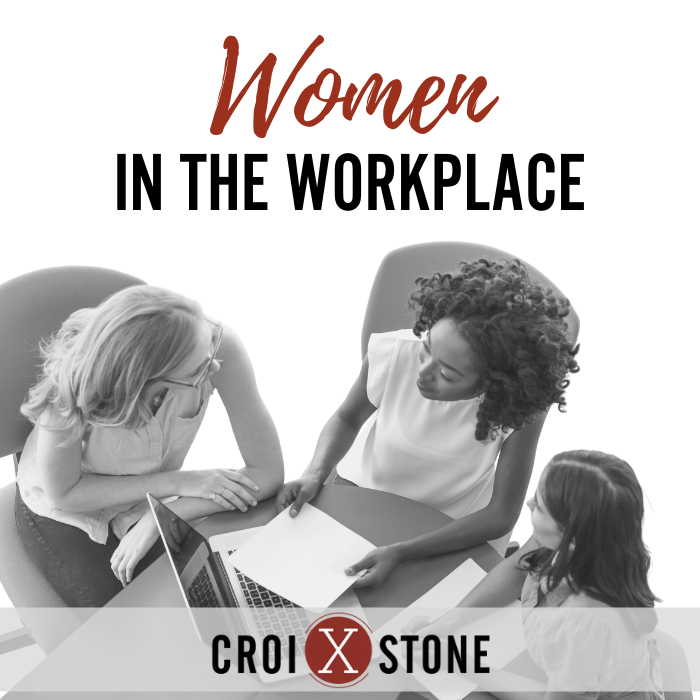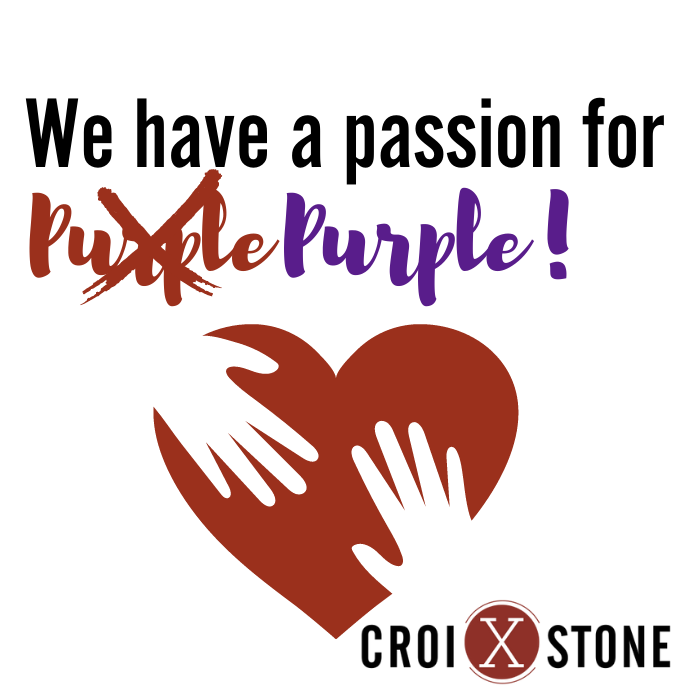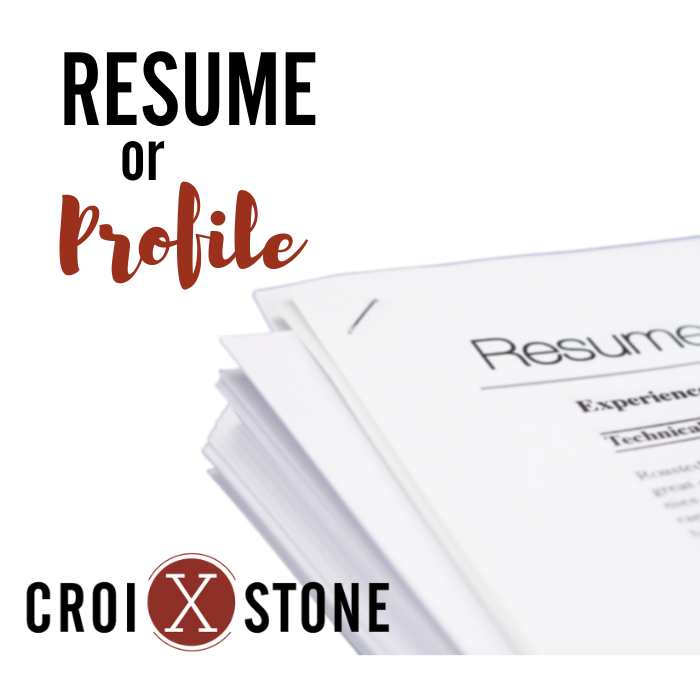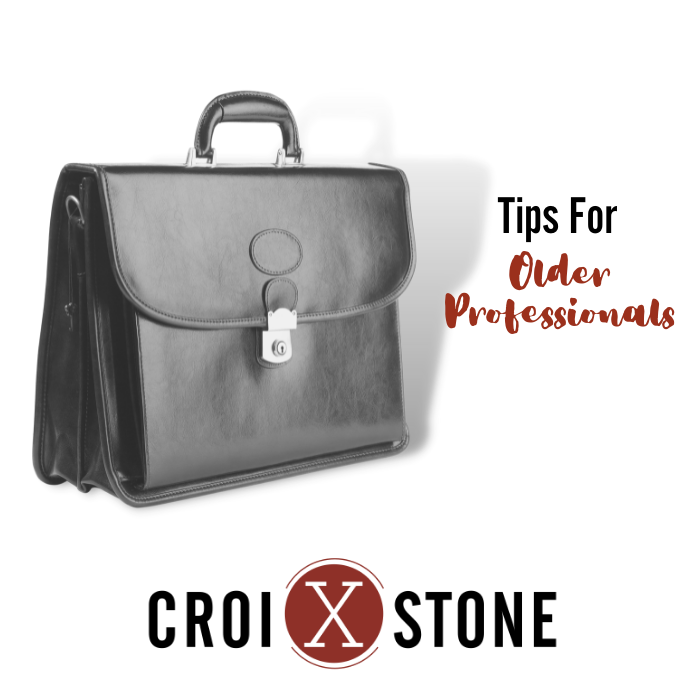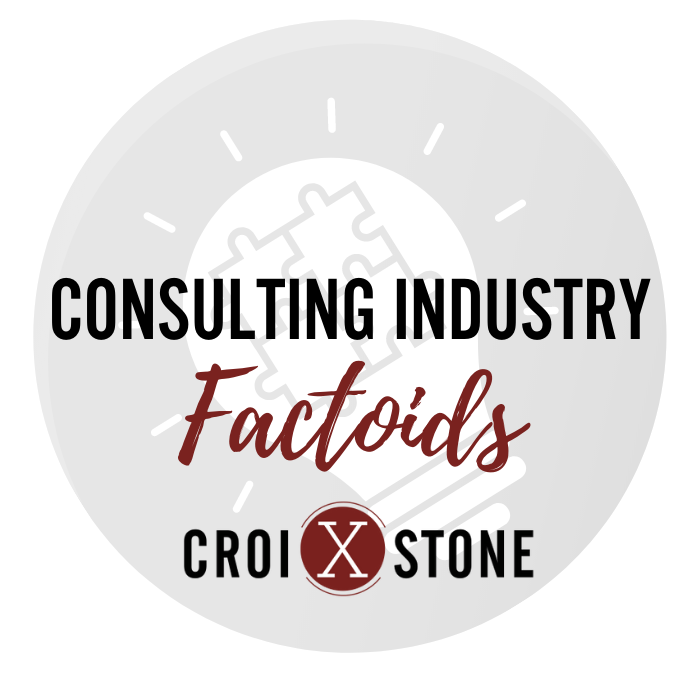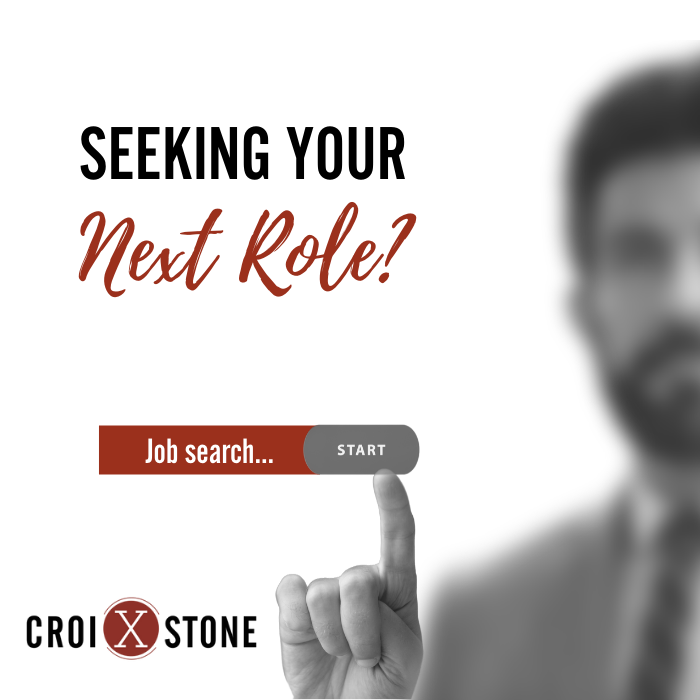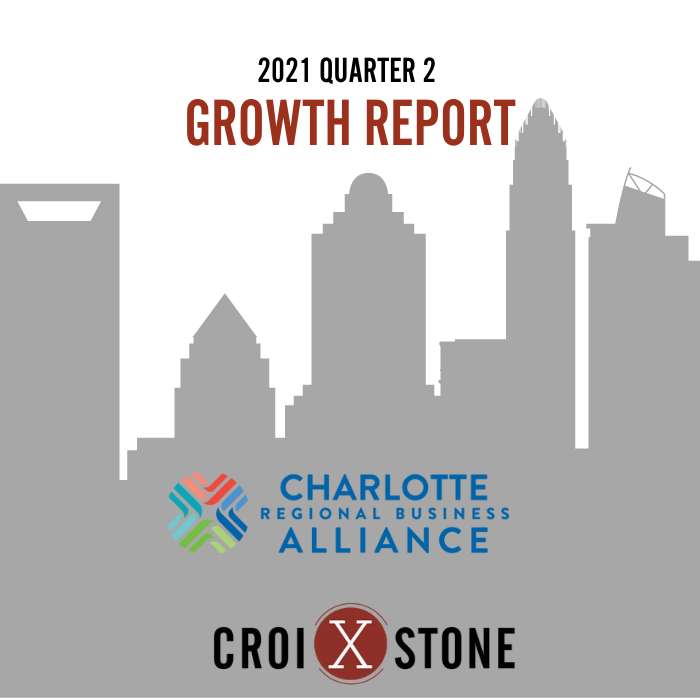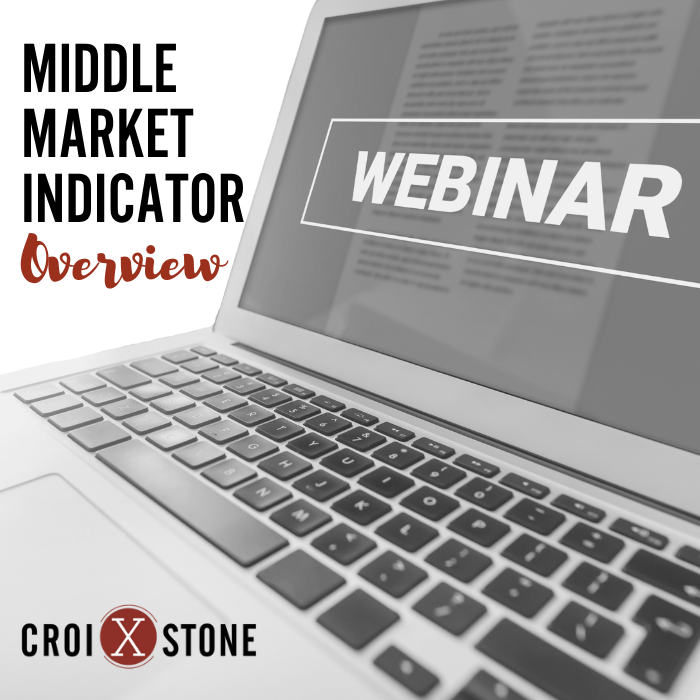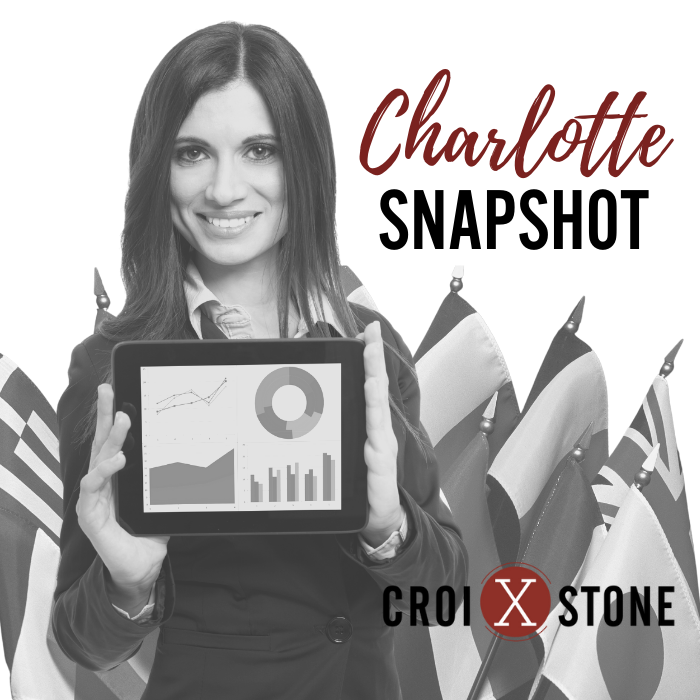McKinsey & Company: Women in the Workplace 2021 Survey
Women in the Workplace is the largest comprehensive study on the state of women in corporate America, with data from 423 companies employing 12M people. Following are a few key take-aways from the study by McKinsey & Company and LeanIn.org.
Women are now significantly more burned out than they were last year, and increasingly more so than men. Women are, however, rising to the challenge as stronger leaders and taking on the extra work to support the wellbeing of all employees while also advancing DE&I efforts. That being said, companies are not recognizing and rewarding their efforts, and they are at risk of losing the very leaders they need right now.
While companies are embracing flexibility and not anticipating going back to pre-pandemic norms, the one thing most are missing is clear boundaries so that employees don’t have to feel like they need to be “always on” 24/7. Only 1 in 5 employees stated that they received guidelines for responding to non-urgent requests after traditional work hours. Establishing or reinforcing boundaries will go a long way in addressing burnout.
Representation by women at all levels of leadership has increased modestly, but women of color remain underrepresented, face more challenges and get less support. Allyship is critical in the workplace, and when employees have strong allies, they are more likely to have positive work experiences and less likely to be burned out and consider leaving their company.
To learn more, read the full study: Women in the Workplace 2021


